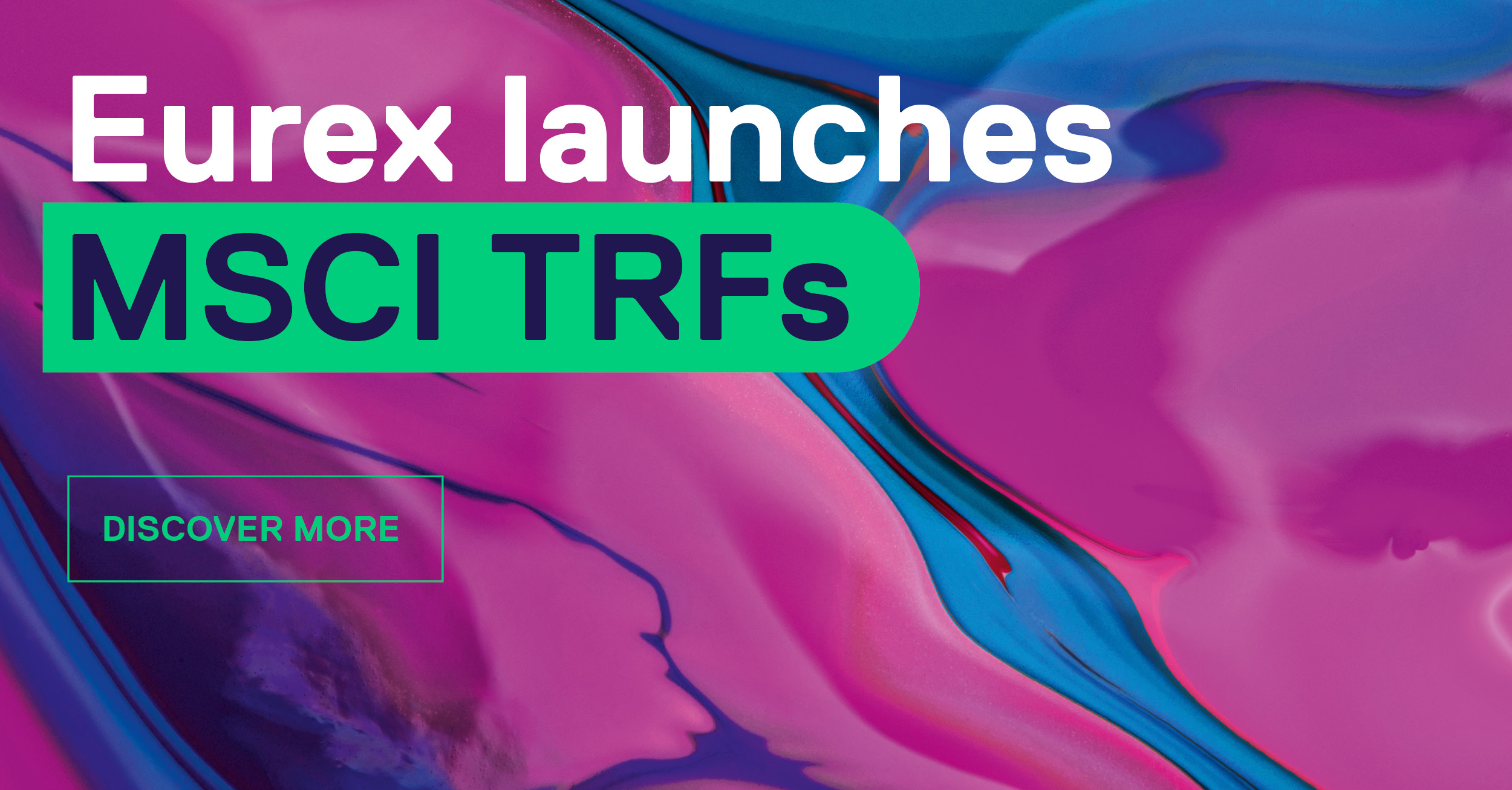As investment behavior and regulation evolve, we at Eurex constantly review our market models and adapt and enhance them when needed. Next to our RfQ platform Eurex EnLight and the new tool Eurex Improve, we launched the Passive Liquidity Protection (PLP) in June 2019 to strengthen order book liquidity.
Now that the pilot phase of PLP is over it’s time to reflect: we talked to Randolf Roth, Member of the Executive Board of Eurex and responsible for Market Design & Delivery, about the pilot’s results and next steps.
First of all, what is the Passive Liquidity Protection, and what is it used for?
Eurex’s T7 is second to none when it comes to speed, throughput, reliability and determinism. As a result, many customers tell us we are also second to none in terms of the level of competition between liquidity providers in our order books. While this is creating a fantastic level of liquidity in many products, it is not the perfect solution for all products. Take options as an example: for market makers who do not have the fastest technology the competitiveness of the order book means that they are unable to provide their best price picture in our order book. As a result, they put more focus on the off-book market outside Eurex. As we want to move more of the off-book activity into Eurex’s order book, with the PLP we create an environment where market makers with slightly slower technology can also quote safely in the order book. This benefits the end customers without the risk of being taken advantage of by the super-fast market makers.
The PLP achieves this by differentiating between those orders arriving in the order book which are adding liquidity – passive liquidity – and those which are aggressive, i.e. by hitting the order book generating a trade against the resting passive liquidity. Passive orders go straight into the order book while aggressive orders will be delayed by a very short period of time, between 1 and 3 milliseconds.
You launched this as a pilot with a limited product scope more than two years after the first customer consultation. Why did it take you so long?
PLP represents a change to the market structure – that’s why we take this very seriously. While we introduced PLP so that more market makers can be active in the order book and the order book therefore can serve more and larger end-client orders, it has a direct impact on the business models and trading strategies of liquidity providers. Accordingly, some of our bigger clients had concerns or questions. So, we invested a lot of time talking to clients, discussing their concerns and gathering all the feedback we needed to make sure PLP does not have any unintended consequences.
Which were the major market concerns?
A major reason for headwinds was the concern of some large tech-savvy clients on the direction we were taking with PLP in general. The traditional market structure, as well as our super-fast and deterministic technology, provides significant rewards to the fastest. With the PLP mechanism, we are moving away from this in a very specific product segment for a specific use case. They were very concerned, first, about Eurex expanding this logic also to other use cases and, second, about other exchanges following our lead as Eurex is one of the biggest derivatives exchanges in the world. Of course, they were absolutely right with these concerns as a number of other exchanges now also have plans to experiment with it.
What convinced you to still introduce PLP despite the headwinds?
It is our goal to develop a market structure which is most beneficial to the investing public, i.e. the end clients often represented through asset managers, insurance companies and so on. Those clients are not direct members of the exchange; and while, in most cases, the interests of our members, the end clients and us are aligned in terms of growing the market together, that is not always the case if you look at individual market structure items.
What are the results of the six-month trial of PLP for German and French equity options?
The results are very encouraging. We have seen no unintended consequences, but numerous positive effects such as increased liquidity, more liquidity providers being able to contribute to the best bid/offer and therefore a more resilient, diversified liquidity picture. So, overall, we offer more liquidity to the buy side. What we have not yet seen is that, as a result, the buy side changes their behavior and moves more activity in the order book – but of course that takes more time.
Looking ahead, which steps are planned next?
As the experience was positive, many members with concerns changed their view on PLP, and we now have numerous requests to deploy it in more products. We will continue our dialogue with the market, and we currently plan a further rollout into the remaining equity options segments, as well as an expansion in at least one index option, in Q3 2020.



